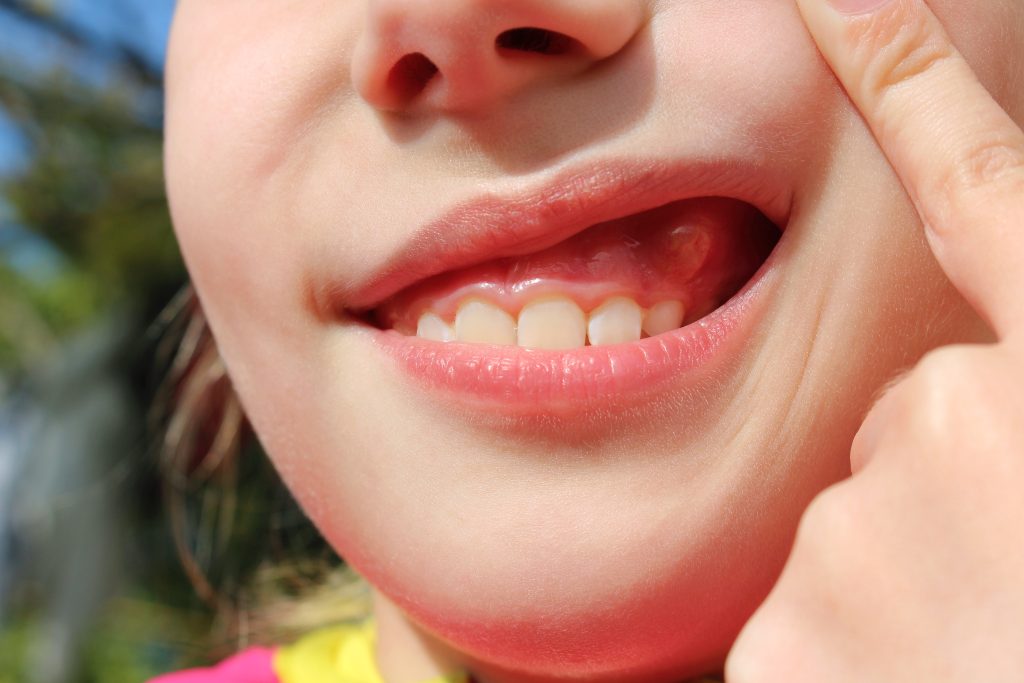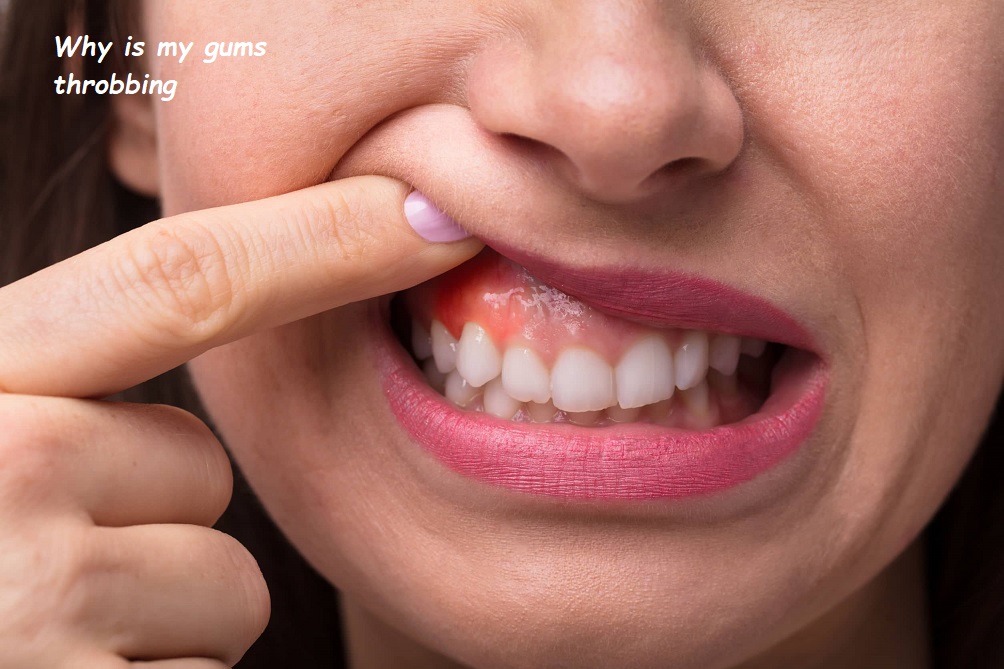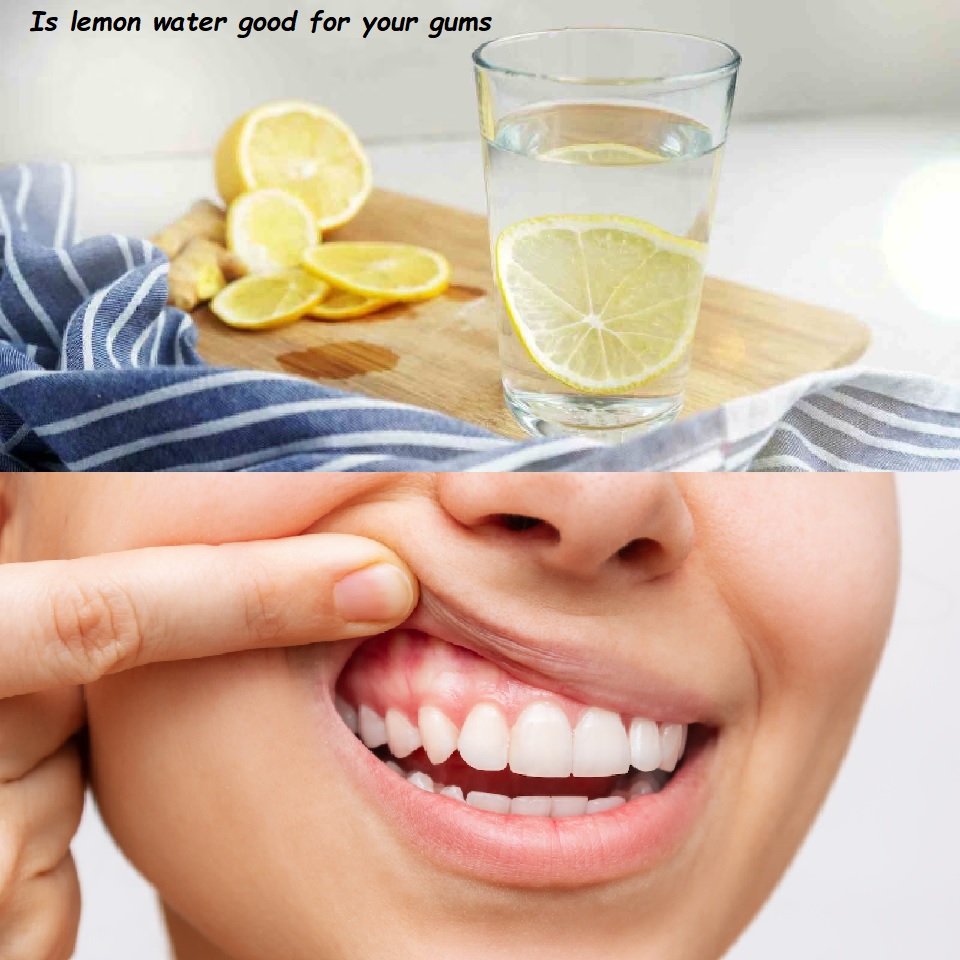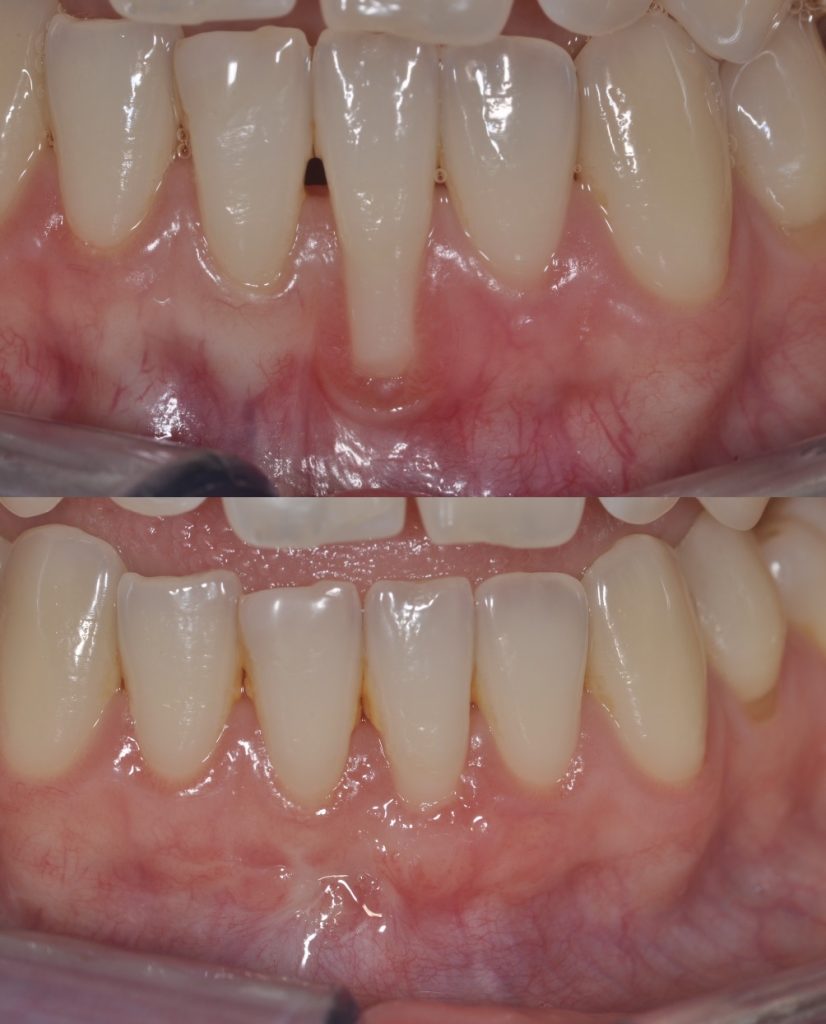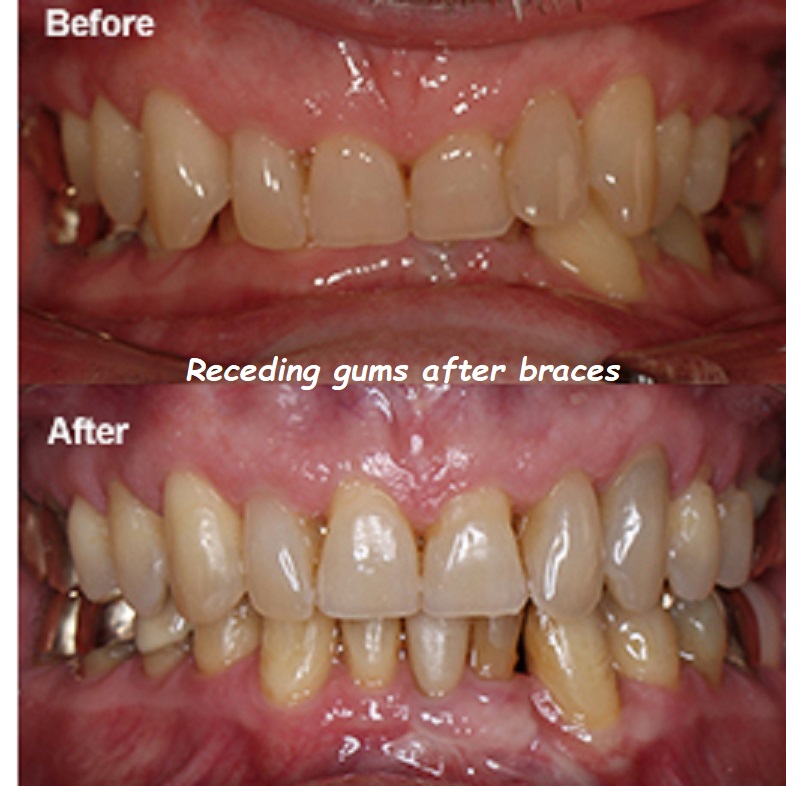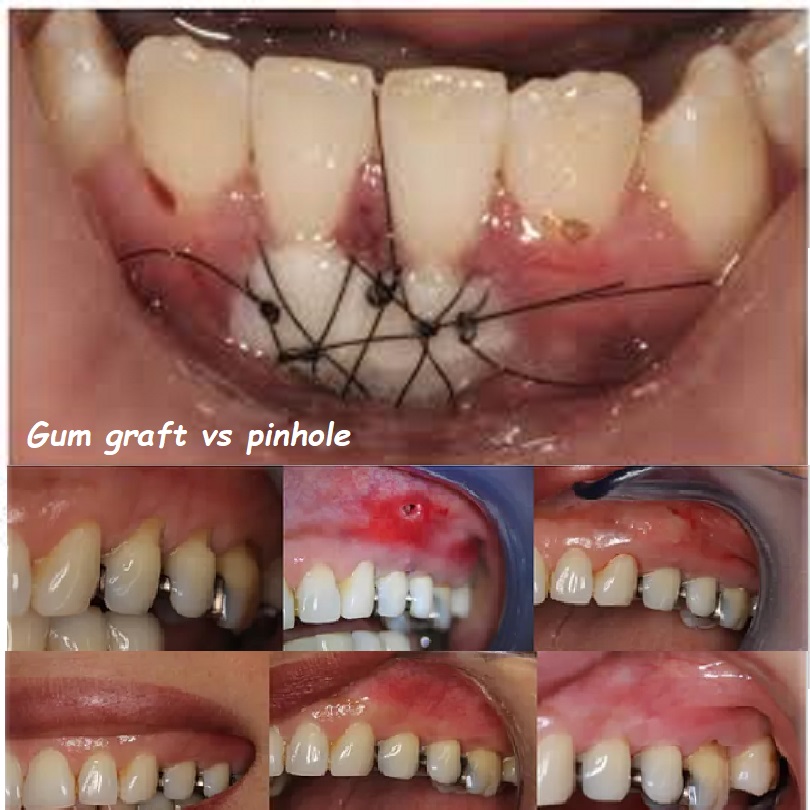mouthwash before or after brushing
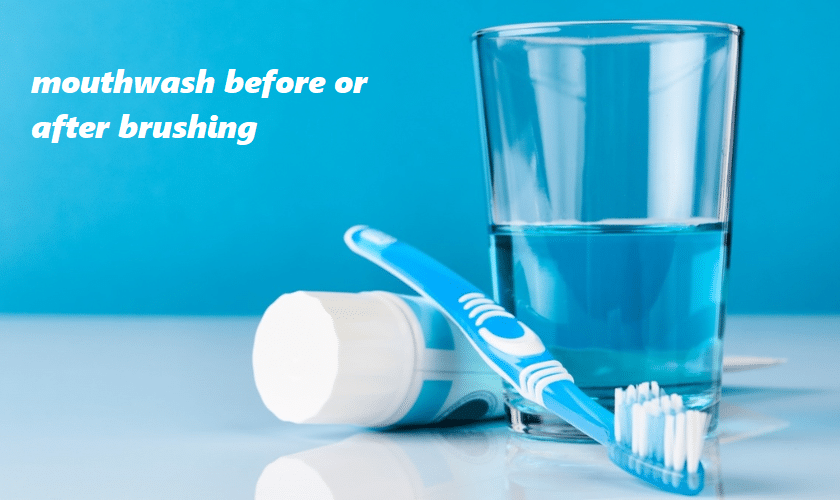
Maintaining good oral hygiene is essential for overall health, and incorporating mouthwash into your daily routine can provide additional benefits. However, a common question arises: should you use mouthwash before or after brushing? Understanding the best practices for using mouthwash and how it fits into your oral hygiene routine can help maximize its effectiveness. This comprehensive guide explores the benefits of mouthwash, the proper sequence of using mouthwash in relation to brushing, and tips for maintaining optimal oral health.
Benefits of Mouthwash
Mouthwash offers several advantages that complement brushing and flossing. When used correctly, it can help:
- Reduce Plaque and Gingivitis: Mouthwash can help reduce plaque buildup and prevent gingivitis, a mild form of gum disease.
- Freshen Breath: It can eliminate or mask bad breath, leaving your mouth feeling clean and fresh.
- Prevent Cavities: Some mouthwashes contain fluoride, which helps strengthen tooth enamel and prevent cavities.
- Remove Food Particles: Mouthwash can help remove food particles that brushing and flossing may miss.
- Kill Harmful Bacteria: It has antibacterial properties that can kill harmful bacteria in the mouth, reducing the risk of infections.
Mouthwash Before or After Brushing?
The debate over whether to use mouthwash before or after brushing revolves around optimizing the benefits of mouthwash and ensuring it complements other oral hygiene practices effectively. To determine the best sequence, it’s important to understand the reasoning behind both approaches.
Mouthwash Before Brushing
Using mouthwash before brushing can help loosen food particles and plaque, making them easier to remove with a toothbrush. This sequence can also help reduce the bacterial load in the mouth, providing a cleaner surface for brushing.
Benefits of Mouthwash Before Brushing
- Loosens Debris: Mouthwash can loosen food particles and plaque, making brushing more effective.
- Reduces Bacteria: Rinsing with mouthwash first can reduce the number of bacteria in the mouth, leading to a more thorough clean when brushing.
- Freshens Breath: It provides an initial burst of freshness, which can be motivating for some people to continue with their brushing routine.
How to Use Mouthwash Before Brushing
- Measure the Right Amount: Use the recommended amount of mouthwash, usually indicated on the bottle (typically 20 ml or about 4 teaspoons).
- Swish Thoroughly: Swish the mouthwash around your mouth for 30 seconds to 1 minute, ensuring it reaches all areas.
- Spit Out the Mouthwash: Do not swallow the mouthwash; spit it out after rinsing.
- Brush Your Teeth: Follow up with brushing your teeth using a fluoride toothpaste, making sure to brush all surfaces of your teeth for at least two minutes.
Mouthwash After Brushing
Using mouthwash after brushing can help ensure that the mouthwash ingredients have prolonged contact with your teeth and gums, providing additional benefits such as fluoride absorption and antibacterial protection.
Benefits of Mouthwash After Brushing
- Prolonged Contact: Mouthwash ingredients, such as fluoride, have more prolonged contact with teeth and gums, enhancing their effectiveness.
- Additional Protection: It provides an extra layer of protection after brushing, helping to kill any remaining bacteria and freshen breath.
- Complements Brushing: Mouthwash can complement brushing by reaching areas that the toothbrush might have missed.
How to Use Mouthwash After Brushing
- Brush Your Teeth: Start by brushing your teeth thoroughly with fluoride toothpaste for at least two minutes, covering all surfaces of your teeth.
- Floss Your Teeth: Flossing helps remove food particles and plaque from between teeth, ensuring a more thorough clean.
- Measure the Right Amount: Use the recommended amount of mouthwash, typically 20 ml or about 4 teaspoons.
- Swish Thoroughly: Swish the mouthwash around your mouth for 30 seconds to 1 minute, ensuring it reaches all areas.
- Spit Out the Mouthwash: Do not swallow the mouthwash; spit it out after rinsing.
Factors to Consider When Deciding on Mouthwash Use
When deciding whether to use mouthwash before or after brushing, consider the following factors:
Personal Preference
Your personal preference plays a significant role in your oral hygiene routine. Some people prefer the freshness of mouthwash before brushing, while others like the final clean feeling it provides after brushing.
Specific Oral Health Needs
Your specific oral health needs may influence your decision. For example, if you are using a fluoride mouthwash to prevent cavities, using it after brushing may be more beneficial to allow for prolonged fluoride contact with your teeth.
Dentist’s Recommendation
Consulting with your dentist can provide personalized advice based on your oral health condition. Your dentist can recommend the best sequence for using mouthwash in relation to brushing based on your individual needs.
Type of Mouthwash
The type of mouthwash you use can also influence the sequence. Fluoride mouthwashes may be more effective when used after brushing, while antibacterial mouthwashes can be beneficial before brushing to reduce bacterial load.
Best Practices for Using Mouthwash
Regardless of whether you choose to use mouthwash before or after brushing, following best practices can help maximize its benefits:
Measure the Right Amount
Always use the recommended amount of mouthwash, as indicated on the bottle. Using too much or too little can affect its effectiveness.
Swish for the Recommended Time
Swish the mouthwash around your mouth for the recommended time, usually 30 seconds to 1 minute. This ensures that the mouthwash reaches all areas of your mouth.
Do Not Swallow
Mouthwash is not meant to be ingested. Always spit it out after rinsing to avoid ingesting any of the ingredients.
Avoid Eating or Drinking Immediately After
To allow the mouthwash ingredients to work effectively, avoid eating or drinking for at least 30 minutes after using mouthwash.
Additional Tips for Maintaining Optimal Oral Health
In addition to using mouthwash correctly, maintaining a comprehensive oral hygiene routine is essential for optimal oral health. Here are some additional tips:
Brush Twice a Day
Brush your teeth at least twice a day using fluoride toothpaste. Make sure to brush all surfaces of your teeth for at least two minutes each time.
Floss Daily
Floss daily to remove food particles and plaque from between your teeth and under the gumline. This helps prevent gum disease and cavities.
Use the Right Tools
Using the right tools, such as a soft-bristled toothbrush and dental floss, can help ensure effective cleaning without damaging your teeth and gums.
Maintain a Healthy Diet
A healthy diet rich in vitamins and minerals supports oral health. Limit sugary and acidic foods and drinks, as they can contribute to tooth decay and gum disease.
Visit Your Dentist Regularly
Regular dental check-ups and professional cleanings are essential for maintaining good oral health. Your dentist can detect early signs of problems and provide appropriate treatment.
Stay Hydrated
Drinking plenty of water helps keep your mouth hydrated and can wash away food particles and bacteria. It also helps neutralize acids produced by bacteria in the mouth.
Understanding Different Types of Mouthwash
There are several types of mouthwash available, each designed to address specific oral health needs. Understanding the differences can help you choose the right mouthwash for your routine.
Antibacterial Mouthwash
Antibacterial mouthwashes contain ingredients like chlorhexidine or essential oils that help reduce bacterial load in the mouth, preventing gum disease and bad breath.
- Benefits: Reduces plaque, prevents gingivitis, and freshens breath.
- Best Use: Can be used before or after brushing, depending on personal preference and specific oral health needs.
Fluoride Mouthwash
Fluoride mouthwashes contain fluoride, which helps strengthen tooth enamel and prevent cavities.
- Benefits: Strengthens enamel, prevents cavities, and provides additional fluoride protection.
- Best Use: Often recommended for use after brushing to allow prolonged contact with teeth.
Cosmetic Mouthwash
Cosmetic mouthwashes are designed primarily to freshen breath and provide a clean feeling but may not offer significant antibacterial or fluoride benefits.
- Benefits: Freshens breath and provides a clean mouthfeel.
- Best Use: Can be used before or after brushing based on personal preference.
Natural Mouthwash
Natural mouthwashes contain natural ingredients like tea tree oil, aloe vera, or essential oils and are often free from alcohol and artificial additives.
- Benefits: Provides a natural alternative for freshening breath and maintaining oral hygiene.
- Best Use: Can be used before or after brushing depending on individual preference.
Common Myths About Mouthwash
There are several myths and misconceptions about mouthwash that can affect how people use it. Here are some common myths and the facts behind them:
Myth: Mouthwash Can Replace Brushing and Flossing
Fact: Mouthwash is not a substitute for brushing and flossing. It is an additional tool that complements your oral hygiene routine by providing extra benefits like freshening breath and reducing bacteria.
Myth: All Mouthwashes Are the Same
Fact: There are different types of mouthwash designed for specific purposes, such as antibacterial, fluoride, cosmetic, and natural mouthwashes. Choosing the right type for your needs is important.
Myth: Mouthwash Should Burn to Be Effective
Fact: The burning sensation often associated with mouthwash is usually due to alcohol content, but it is not an indicator of effectiveness. There are alcohol-free mouthwashes that are just as effective.
Myth: You Should Rinse Your Mouth After Using Mouthwash
Fact: Rinsing your mouth with water after using mouthwash can wash away the beneficial ingredients. It’s best to avoid rinsing to allow the mouthwash to work effectively.
Conclusion
When considering the question, “mouthwash before or after brushing,” it’s important to understand the benefits of both approaches and how they fit into your overall oral hygiene routine. Using mouthwash before brushing can help loosen debris and reduce bacteria, while using it after brushing can provide prolonged contact with beneficial ingredients like fluoride.
Ultimately, the best sequence for using mouthwash depends on your personal preference, specific oral health needs, and your dentist’s recommendations. Regardless of when you choose to use mouthwash, following best practices and maintaining a comprehensive oral hygiene routine is essential for optimal oral health.
By understanding the benefits of mouthwash and how to use it effectively, you can enhance your oral hygiene routine and maintain a healthy, beautiful smile.
- Is it better to use mouthwash before brushing? The timing of mouthwash use can depend on personal preference and the type of mouthwash:
- Before Brushing: Some people prefer to use mouthwash before brushing to help loosen food particles and plaque, making brushing more effective. However, this is not a common practice.
- After Brushing: Using mouthwash after brushing is more commonly recommended. This ensures that the fluoride from the toothpaste remains on your teeth for a longer period, providing maximum protection against cavities.
- Therapeutic Mouthwash: If you are using a therapeutic mouthwash (e.g., for gingivitis or to control plaque), it’s generally better to use it after brushing and flossing to allow the active ingredients to work effectively on a clean surface.
- What is the correct order for oral hygiene? The most effective sequence for oral hygiene practices is typically as follows:
- Flossing: Start by flossing to remove food particles and plaque from between your teeth and below the gumline. This helps to ensure that these areas are clean before you brush.
- Brushing: Brush your teeth for two minutes using fluoride toothpaste. Focus on all surfaces of your teeth, including the front, back, and chewing surfaces, as well as along the gumline.
- Mouthwash: Use mouthwash last to rinse away any remaining debris and to allow the active ingredients to remain in contact with your teeth and gums for maximum benefit.
This order ensures that your teeth and gums are thoroughly cleaned and that the fluoride and other active ingredients in your oral care products have the best chance to work effectively.
- Should you use mouthwash before or after brushing? Using mouthwash after brushing is generally more effective:
- After Brushing: This practice allows the fluoride from the toothpaste to remain on your teeth longer, providing better protection against decay. Mouthwash can then help rinse away any remaining debris and provide additional antibacterial or therapeutic benefits.
- Before Brushing: If you prefer to use mouthwash before brushing, it can help loosen food particles and freshen your breath, but it might not be as effective for delivering fluoride and other protective ingredients to your teeth.
Ultimately, the decision can be based on personal preference, but the after-brushing method is often recommended by dental professionals for maximum effectiveness.
- Can I use mouthwash without brushing? While mouthwash can provide some benefits on its own, it should not replace brushing:
- Temporary Freshness: Mouthwash can temporarily freshen your breath and reduce bacteria in your mouth, but it does not remove plaque and food particles as effectively as brushing and flossing.
- No Mechanical Cleaning: Brushing and flossing provide mechanical cleaning that removes plaque and prevents tartar buildup, which mouthwash alone cannot achieve.
- Supplemental Use: Mouthwash is best used as a supplement to brushing and flossing, rather than a replacement. It can help enhance your oral hygiene routine, especially if it contains fluoride or antibacterial agents.
For optimal oral health, it is essential to maintain a comprehensive routine that includes brushing, flossing, and the use of mouthwash as an additional step.
- What is first, mouthwash or brush?
- Brushing Before Mouthwash: The commonly recommended practice is to brush your teeth first. Brushing removes plaque and food particles, allowing the active ingredients in the mouthwash to work more effectively on clean teeth.
- Mouthwash Before Brushing: Some people prefer using mouthwash before brushing to help loosen food particles and freshen their breath. However, this is less common and may not be as effective in maximizing the benefits of fluoride and other active ingredients in toothpaste.
- How to use mouthwash correctly?
- Measure the Right Amount: Pour the recommended amount of mouthwash into the cap or a small cup, usually around 20 ml (4 teaspoons).
- Swish for 30 Seconds: Swish the mouthwash around your mouth, making sure to cover all areas, including your teeth, gums, and tongue. Do this for about 30 seconds.
- Do Not Swallow: Spit the mouthwash out after swishing. Avoid swallowing it as it can contain strong antibacterial agents and other chemicals not meant to be ingested.
- Avoid Eating or Drinking: Refrain from eating or drinking for at least 30 minutes after using mouthwash to allow the active ingredients to remain on your teeth and gums longer.
- When is the best time to use mouthwash?
- After Brushing and Flossing: The best time to use mouthwash is after brushing and flossing to ensure your mouth is as clean as possible, allowing the mouthwash to provide maximum benefits.
- Twice Daily: For most people, using mouthwash twice daily, once in the morning and once before bed, can help maintain oral hygiene.
- After Meals: Using mouthwash after meals can help reduce food particles and bacteria, especially if you cannot brush your teeth.
- Does mouthwash whiten teeth?
- Whitening Mouthwashes: Some mouthwashes contain whitening agents such as hydrogen peroxide. These can help remove surface stains and gradually whiten teeth with regular use.
- Limited Effect: Mouthwash alone is generally less effective at whitening teeth compared to whitening toothpaste or professional treatments. For significant whitening, consider using products specifically designed for teeth whitening.
- What is the golden rule for oral hygiene?
- Comprehensive Routine: The golden rule for oral hygiene is to maintain a comprehensive daily routine that includes brushing, flossing, and using mouthwash.
- Brush Twice Daily: Brush your teeth at least twice a day for two minutes each time.
- Floss Daily: Floss at least once a day to remove plaque and food particles between teeth.
- Regular Dental Check-ups: Visit your dentist regularly for professional cleanings and check-ups.
- Can I swallow my saliva after mouthwash?
- Spit Out Mouthwash: After using mouthwash, you should spit it out to avoid ingesting the chemicals and antibacterial agents it contains.
- Saliva Swallowing: Swallowing small amounts of saliva after spitting out mouthwash is generally safe and unavoidable.
- Can I drink water after mouthwash?
- Wait 30 Minutes: It is best to wait at least 30 minutes before drinking water after using mouthwash. This allows the active ingredients in the mouthwash to remain on your teeth and gums longer, providing maximum benefit.
- Can I use mouthwash after eating?
- Yes: Using mouthwash after eating can help remove food particles and bacteria, freshen your breath, and reduce the risk of plaque buildup.
- Rinse with Water First: Consider rinsing your mouth with water first to remove larger food particles before using mouthwash.
- What is the correct order of dental hygiene?
- Floss: Start by flossing to remove plaque and food particles between teeth and below the gumline.
- Brush: Brush your teeth for two minutes using fluoride toothpaste.
- Mouthwash: Use mouthwash last to rinse away any remaining debris and provide additional antibacterial or therapeutic benefits.
- Is it OK to use mouthwash before brushing?
- Less Common: While it is less common, using mouthwash before brushing is acceptable if it helps you feel fresher or more motivated to brush. However, it may not be as effective in maximizing the benefits of toothpaste.
- Personal Preference: Ultimately, it can depend on personal preference and what works best for your oral hygiene routine.
- Is mouthwash better than toothpaste?
- Complementary Products: Mouthwash and toothpaste serve different purposes and work best when used together as part of a comprehensive oral hygiene routine.
- Toothpaste Benefits: Toothpaste is essential for removing plaque, providing fluoride to strengthen enamel, and cleaning teeth and gums.
- Mouthwash Benefits: Mouthwash helps reduce bacteria, freshen breath, and can provide additional therapeutic benefits such as reducing plaque and gingivitis.

